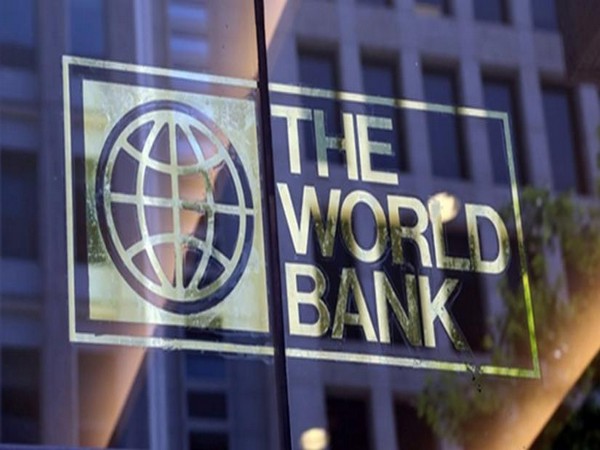World Bank Releases Spring 2024 CEMAC Economic Barometer
The World Bank remains committed to supporting CEMAC countries in navigating economic challenges and advancing their development agendas through strategic investments and policy reforms.

The World Bank has published its Spring 2024 edition of the CEMAC Economic Barometer, providing an overview of the economic landscape in the Central African Economic and Monetary Community (CEMAC). Here are the key highlights from the report:
1. Economic Growth Trends
Overall Decline: Growth in CEMAC countries slowed to 1.7% in 2023, down from 3.1% in 2022. This deceleration was primarily due to reduced oil activity in Equatorial Guinea and slower growth in Gabon, impacted by transport disruptions affecting mining and wood production.
Sectoral Dynamics: Despite challenges, other CEMAC countries saw expanded economic activities driven by increased oil production and investments in Chad, growth in non-hydrocarbon sectors in Congo, and advancements in services, manufacturing, and agriculture in Cameroon. The Central African Republic also benefited from higher production of gold and timber.
2. Inflation Trends
Fluctuating Inflation: Inflation rates in Central African countries rose from late 2021 but began declining in the second half of 2023, averaging a decrease from 6.3% in December 2022 to 4.8% by September 2023. This decline was supported by tightening monetary policies by the regional central bank (BEAC) and lower commodity prices.
3. Fiscal Challenges
Impact of Lower Oil Prices: Reduced global oil prices negatively affected CEMAC's trade balance, fiscal positions, and regional reserves in 2023.
Increased Public Spending: Despite economic challenges, public spending escalated across most CEMAC nations, constraining fiscal space and posing challenges for managing public debt. The debt-to-GDP ratio exceeded the target ceiling of 70.0% in countries like the Republic of Congo and Gabon.
4. Employment and Social Inclusion
High Unemployment: Challenges in reducing poverty include high unemployment rates, widespread informality, barriers to business activities, and limited opportunities.
Youth Employment: Approximately one in four youth in CEMAC is neither employed nor in school or training, highlighting potential social instability. Addressing this requires policies promoting economic participation, investing in education, and enhancing skills development.
5. Infrastructure and Social Investments
Infrastructure Gaps: Significant infrastructure deficiencies, including limited access to electricity and inadequate transportation networks, hinder business activities in CEMAC countries.
Social Investment Needs: Enhanced spending on education, health, and social protection, alongside improved governance, is crucial to supporting vulnerable populations and fostering social inclusion.
6. Reform Efforts
CEMAC Economic and Financial Reform Program: The second phase (2021-2025) prioritizes human capital development. Strengthening governance and institutional capacities is essential for efficient resource management and effective public service delivery.
The Spring 2024 CEMAC Economic Barometer underscores the need for targeted policies to bolster economic resilience, reduce vulnerabilities, and promote inclusive growth across member states. Addressing infrastructure deficits, enhancing social investments, and improving governance are critical steps towards sustainable development and poverty reduction in the region.
The World Bank remains committed to supporting CEMAC countries in navigating economic challenges and advancing their development agendas through strategic investments and policy reforms.
- READ MORE ON:
- Central African Economic and Monetary Community
- World Bank










